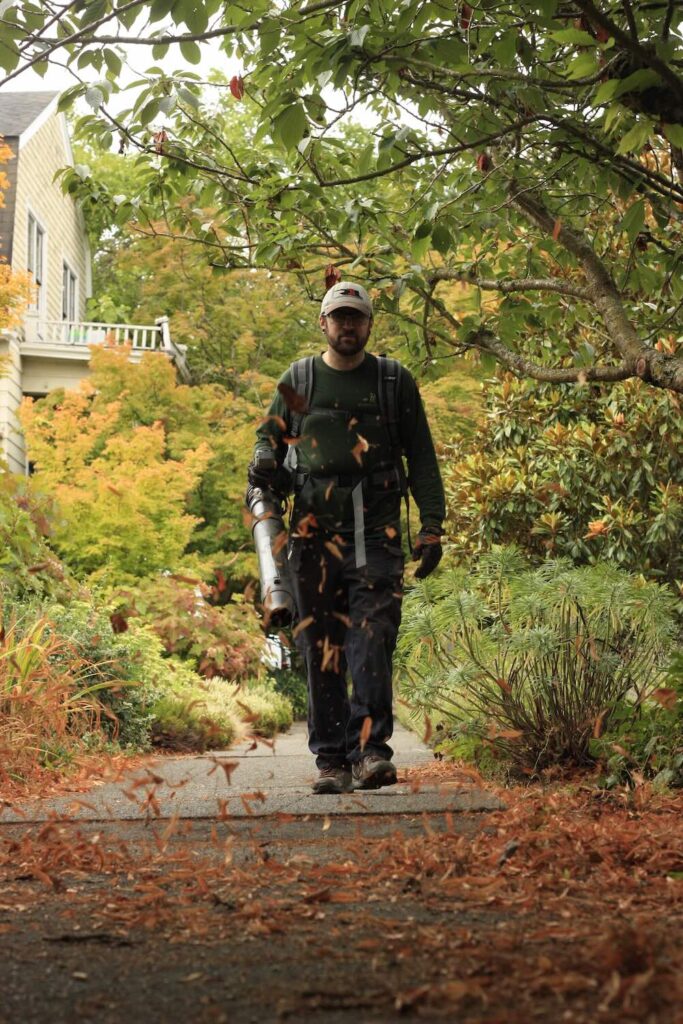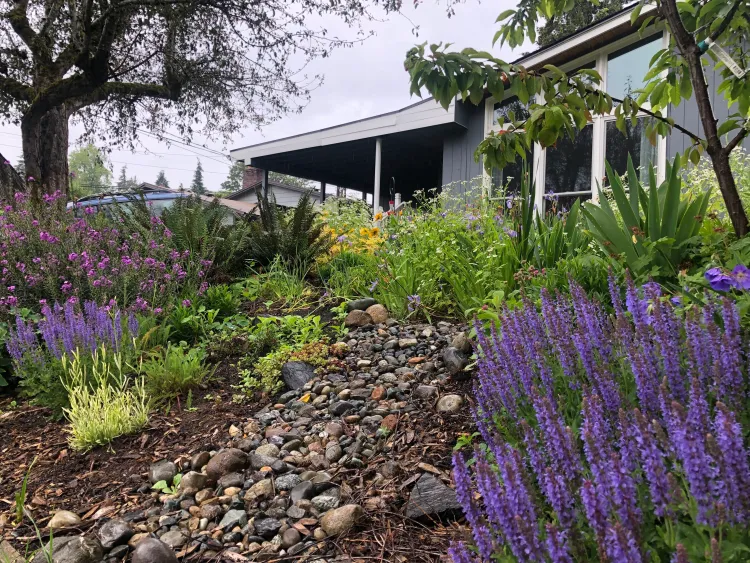
Composting is the natural process of breaking down organic materials like food scraps, yard waste, and paper products into nutrient-rich humus that benefits soil health. This decomposition occurs through the activity of microorganisms, fungi, and decomposers such as bacteria, worms, and insects, which work together to transform organic waste into valuable compost. This process not only reduces landfill waste but also enriches soil, improves plant growth, and promotes sustainable gardening practices.
The benefits of composting extend beyond waste reduction. It enhances soil structure, boosts moisture retention, introduces beneficial microbes, and reduces the need for chemical fertilizers. By recycling organic materials back into the earth, composting supports the natural nutrient cycle and plays a vital role in garden maintenance by keeping soil healthy and landscapes thriving. As an essential practice for eco-friendly landscaping, composting helps maintain vibrant, resilient gardens with minimal environmental impact.
Backyard composting involves using traditional bins or open piles to decompose organic waste. This method is ideal for residential gardens where space is available. Materials like fruit peels, vegetable scraps, and garden clippings are layered to create balanced compost piles.
Vermicomposting uses red wigglers (Eisenia fetida) to accelerate the breakdown of organic material. Worms consume food waste and produce nutrient-dense castings, ideal for enriching garden soil. This method is perfect for small spaces, including indoor setups.
Bokashi is an anaerobic composting method that uses beneficial microbes to ferment organic waste, including items like meat and dairy, which are typically excluded from traditional composting. It’s compact, odor-free, and suitable for apartments or small urban gardens.
Community composting systems involve shared composting spaces within neighborhoods or community gardens. This method fosters sustainability on a larger scale, reducing waste collectively while creating compost for communal green spaces.
Maintaining an optimal C:N ratio (approximately 30:1) is key to successful composting. Carbon-rich “browns” like dried leaves and cardboard provide energy, while nitrogen-rich “greens” like vegetable scraps and grass clippings promote microbial activity.
Aerobic composting relies on oxygen to fuel decomposition, producing heat and reducing odors. In contrast, anaerobic decomposition occurs in oxygen-free environments, leading to slower breakdown and stronger odors, typical of methods like Bokashi.
Effective composting involves maintaining internal pile temperatures between 130–160°F. This heat supports microbial activity and helps destroy pathogens and weed seeds. Regular turning promotes even decomposition and temperature consistency.
Seattle’s cool, wet climate can slow composting due to lower temperatures and excess moisture. To combat this, it’s essential to insulate compost bins, manage water content carefully, and use covered or enclosed systems during rainy seasons.
For urban gardeners, indoor composting with vermicompost bins or Bokashi systems is effective. Outdoor composting requires moisture-resistant bins, proper drainage, and strategic placement to avoid waterlogging. Urban composters benefit from compact systems suited for small balconies or patios.
Select a location with good drainage, partial sunlight, and easy access. Layer greens and browns, starting with coarse materials for airflow. Maintain moisture similar to a wrung-out sponge and turn the pile regularly for aeration.
Monitor moisture and aeration regularly. Turn the pile every 1–2 weeks to ensure even decomposition. Address foul odors by adding browns, while excess dryness can be resolved with water. Pests can be managed by covering food scraps and securing bins.
Mature compost is dark, crumbly, and has an earthy scent. It should be free of recognizable food particles. Testing readiness involves checking for a stable temperature and uniform texture, indicating full decomposition and nutrient availability for plants.
The timing and method of compost application can greatly influence its benefits. In Seattle, the best times to apply compost are in the spring and fall, aligning with key plant growth phases. Top-dressing lawns and garden beds with a thin layer of compost replenishes nutrients without disturbing plant roots.
For vegetable gardens and raised beds, compost can be incorporated directly into the soil during bed preparation or used as a nutrient-rich mulch. Regular applications, even in small amounts, contribute to long-term soil health and fertility.
To maximize the benefits of composting, integrate it with other sustainable practices:

At Rutheo Designs, we are dedicated to transforming your outdoor spaces into beautiful, sustainable landscapes that reflect your vision and the unique character of the Seattle area. We offer services in native plant landscaping, water-efficient irrigation, custom landscape design, and hardscaping solutions tailored to your goals and the local environment. Every project is unique, and we take the time to listen to your needs and offer personalized solutions that align with both your aspirations and Seattle’s natural surroundings.
We invite you to reach out to us to start the conversation about your landscaping needs. You can contact us by email at connect@rutheodesigns.com or give us a call at (360) 844-2989. Whether you have specific questions or are ready to schedule a consultation, we’re eager to help you bring your outdoor vision to life with the care and expertise that Rutheo Designs is known for.